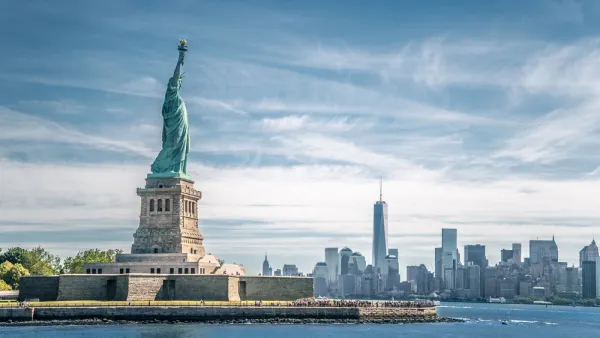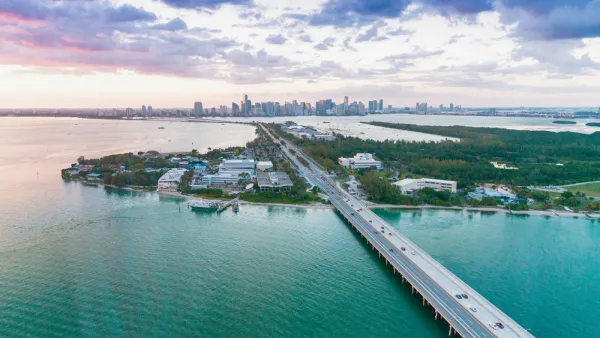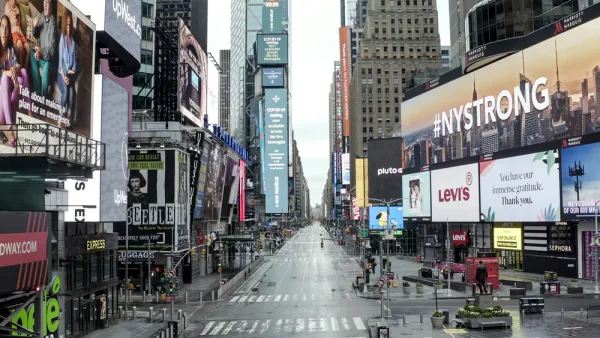Oslo's once-homogenous population has changed dramatically in the past few decades: immigrants and their descendants are predicted to account for 50% of all residents by 2030. Sarah Wesseler looks at the spatial implications of this transition.
Like other Norwegians of his generation, Oslo architect Geir Haaversen has watched his country's demographic makeup change profoundly during his adult life. "In the late eighties and nineties, when I went to college, there was one Pakistani guy and that was it. Where I lived, outside Oslo, that was the only family. Now it's very multicultural. Change for Norway has come quite quickly."
As the city's non-native population continues to grow both in size and proportion-by 2030, immigrants and their descendants are projected to account for 50 percent of all residents-it remains to be seen how Oslo will evolve. In spatial terms, it has fared better than a number of its European counterparts, avoiding the poor conditions and isolation that blight many of the continent's immigrant neighborhoods. As government officials and designers such as Haaversen try to build a healthy foundation for the future, however, the pressing need for more housing, and the increasing tendency for ethnic divisions to echo traditional tensions between the city's east and west sides, pose significant challenges.
FULL STORY: The New Norwegians

National Parks Layoffs Will Cause Communities to Lose Billions
Thousands of essential park workers were laid off this week, just before the busy spring break season.

Retro-silient?: America’s First “Eco-burb,” The Woodlands Turns 50
A master-planned community north of Houston offers lessons on green infrastructure and resilient design, but falls short of its founder’s lofty affordability and walkability goals.

Delivering for America Plan Will Downgrade Mail Service in at Least 49.5 Percent of Zip Codes
Republican and Democrat lawmakers criticize the plan for its disproportionate negative impact on rural communities.

Test News Post 1
This is a summary

Test News Headline 46
Test for the image on the front page.

Balancing Bombs and Butterflies: How the National Guard Protects a Rare Species
The National Guard at Fort Indiantown Gap uses GIS technology and land management strategies to balance military training with conservation efforts, ensuring the survival of the rare eastern regal fritillary butterfly.
Urban Design for Planners 1: Software Tools
This six-course series explores essential urban design concepts using open source software and equips planners with the tools they need to participate fully in the urban design process.
Planning for Universal Design
Learn the tools for implementing Universal Design in planning regulations.
EMC Planning Group, Inc.
Planetizen
Planetizen
Mpact (formerly Rail~Volution)
Great Falls Development Authority, Inc.
HUDs Office of Policy Development and Research
NYU Wagner Graduate School of Public Service





























